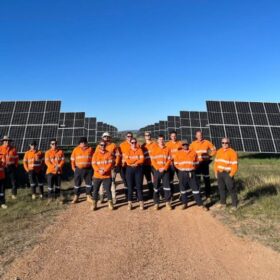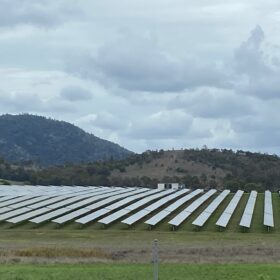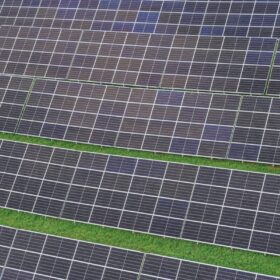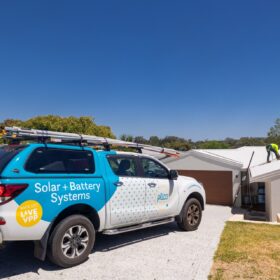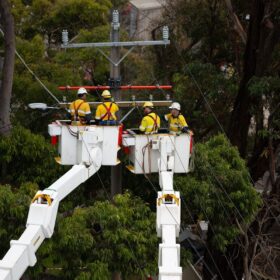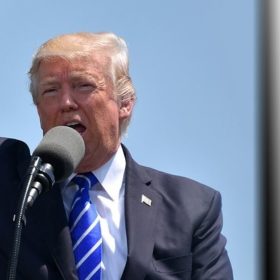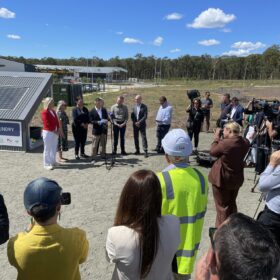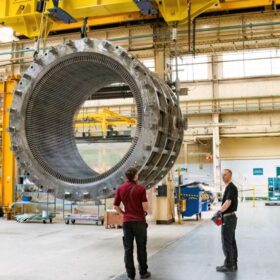How grant system is locking millions away from those doing heavy lifting
Australia’s grant system is working exactly as designed. And that’s the problem. Right now, if you’re a small business or a not-for-profit, there’s likely a funding stream available to help you test an idea, buy equipment or build capability. If you’re a multinational or a university, there’s even more. But if you sit in the middle, a commercially viable, medium-sized business with proven success, and the capacity to deliver major outcomes, you’re often left with nothing. This isn’t sour grapes, it’s missed opportunities.
Why a big battery is cheaper than small with federal battery rebate
The federal government has announced a national battery rebate scheme that comes into effect on July 1, although many eligible installations have already taken place.
Community benefit or bribe? Renewables debate heats up
When a renewable energy developer announces a new project, there’s one big question mark – how will nearby communities react?Community pushback has scuttled many renewables projects. Sometimes, communities are angry landowners hosting infrastructure will be paid, but neighbours and those further afield may not.
2025: A landmark year for solar energy
The IEA-PVPS 2025 Snapshot of Global PV Markets reveals a pivotal moment for solar power: global PV capacity surpassed 2.2 TW, with more than 600 GW installed in 2024 alone. As module prices fell due to oversupply, installation volumes continued to grow, highlighting both the strength and volatility of the global PV industry.
Australia firms as global renewable energy pathfinder
Australia is tracking towards 75% electricity from solar and wind in 2030, which makes it a global energy transition pathfinder. Pathfinders are important because they learn to solve new problems and disprove misinformation and disinformation.
Virtual power plants to serve as cornerstone of Australia’s energy future
As we all reflect on the recent elections in both Western Australia and federally, one clear winner is the future of virtual power plants as a clean energy cornerstone across Australia.
Building workforce crucial for clean energy future
Australia’s energy system is changing. While there’s been a lot of talk about the size and scale of the task before us, there’s been little conversation about who – in a very practical sense – will build the energy system of the future.
Solar panel recycling plan urges repair, reuse first
Australia’s rooftop solar industry has renewed calls for a mandatory recycling scheme to deal with the growing problem of solar panel waste. Only about 10% of panels are currently recycled. The rest are stockpiled, sent overseas or dumped in landfill.
North-south switcheroo as solar conditions swing opposite directions over autumn 2025
Autumn has fast emerged as a volatile and uncertain time in the National Electricity Market as unpredictable weather patterns often deliver a mixed bag of renewable energy outcomes. As the energy transition trundles on, this seasonal variability is likely to remain a defining feature.
US climate policy shift promises benefits for Australian renewables
United States President Donald Trump is trying to unravel the signature climate policy of his predecessor Joe Biden, the Inflation Reduction Act, as part of a sweeping bid to dismantle the country’s climate ambition.
